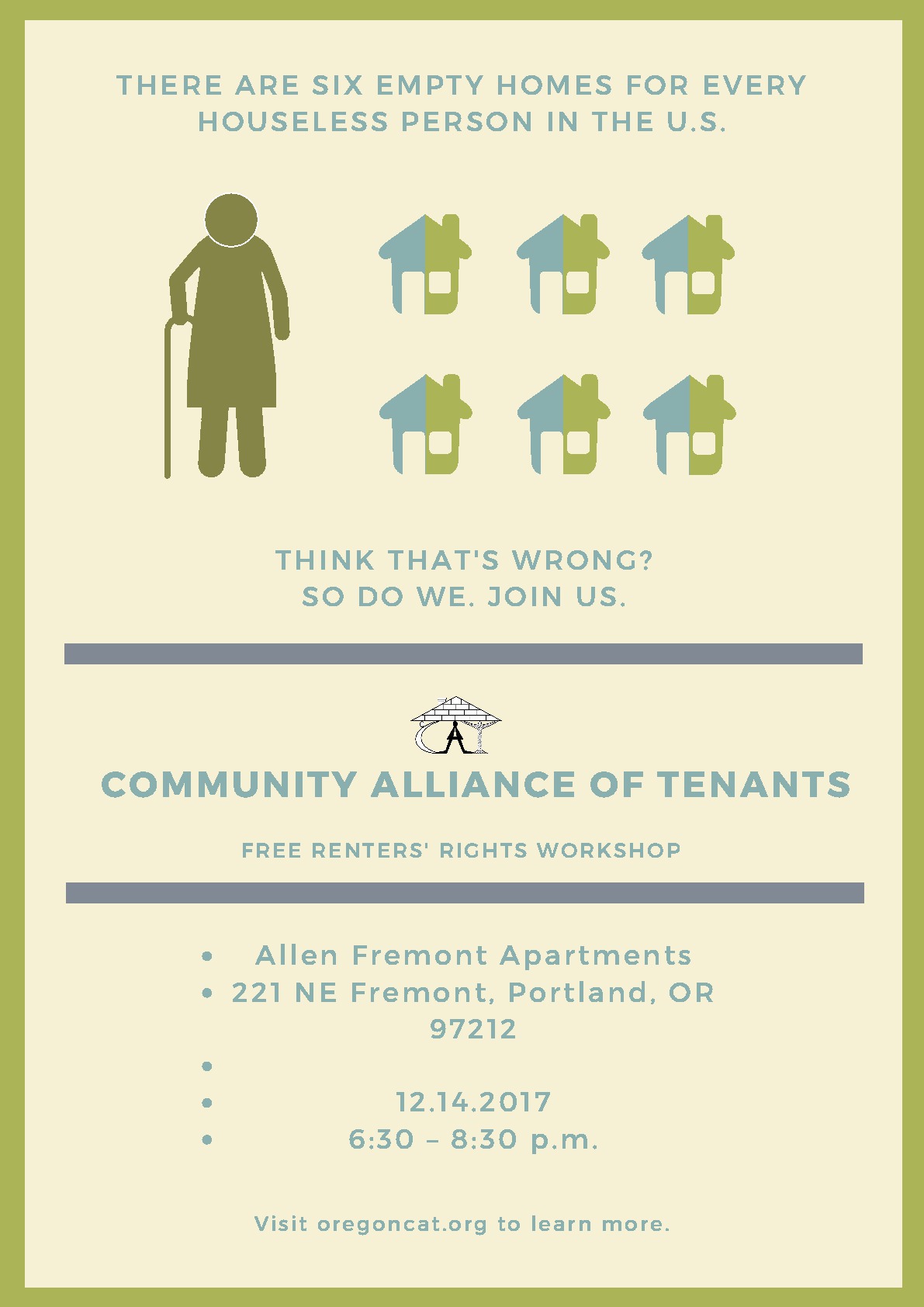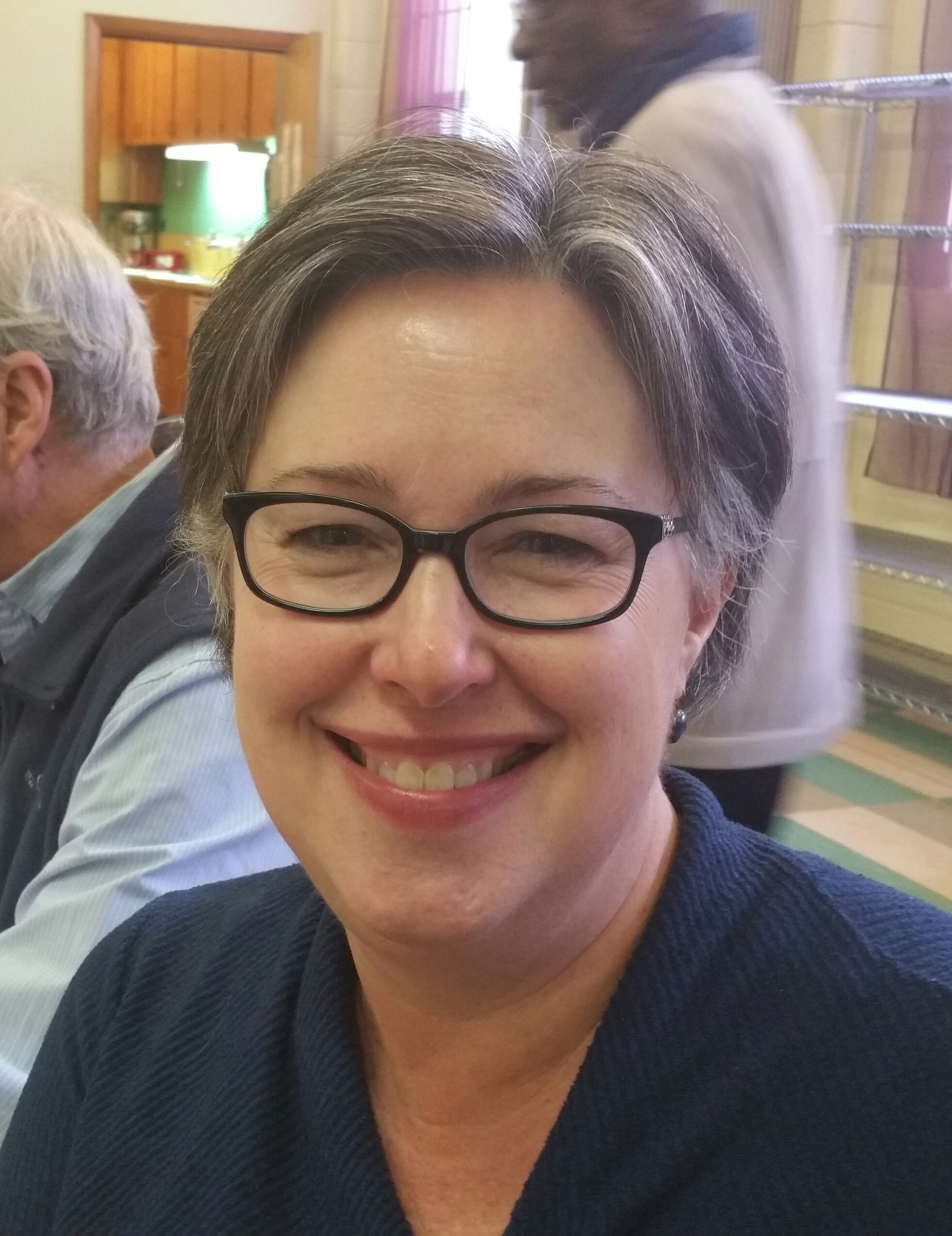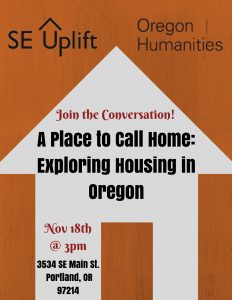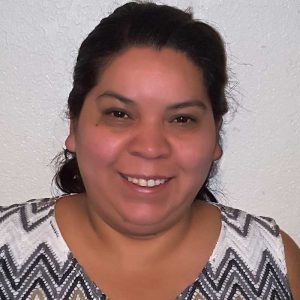Although Oregon law prohibited slavery from the earliest days of its provisional government in 1843, it wasn’t enforced, and a number of early settlers from Missouri came with one or more slaves to help work their new Willamette Valley farms. In 1844, the Peter Burnett-led legislative council amended the law to allow slaveholders two years to free male slaves and three years to free female slaves.
In 1857 an all-white male Oregon constitutional convention was held. A clause was approved in the state constitution which read:
“No free negro or mulatto not residing in this state at the time of the adoption of this constitution, shall come, reside or be within this state or hold any real estate, or make any contracts.” under penalty of law. At the same time Oregon voters cast ballots decisively voting down slavery. In 1860, Oregon’s black population was just 128 in a total population of 52,465.
World War II produced change in established norms. In 1941 following the attack on Pearl Harbor, the United States needed ships to fill its navy. Portland-Vancouver shipyards operated 24 hours per day, producing one Liberty ship each per week. African Americans joined the thousands coming from cities and towns back east and the south to work in Swan Island and the Oregon Shipyards in Portland, and Kaiser Shipyard in Vancouver
The need for housing was great. Vanport, an immense prefab housing complex was constructed on the site currently occupied by Delta Park and the Portland International Raceway. Construction began in August 1942 and Vanport became home to 40,000 people, about 40 percent of whom were African-American, making it Oregon's second-largest city at the time, and the largest public housing project in the nation. Vanport was destroyed at 4:05 p.m. on May 30, 1948, Memorial; Day weekend, when a 200-foot (61 m) section of the dike holding back the Columbia River collapsed during a flood. Miraculously only 15 lives were lost.
When the war ended, many of the “newcomers” returned back east or to the south. However, many African Americans decided to stay here. Realtors observed a red-line practice whereby African Americans were not allowed to buy property outside certain boundaries, basically Union Avenue to the west, Lombard to the north, NE 33rd to the east, and E Burnside to the south. By 1950 this area had become a vibrant part of the city with thriving neighborhoods, churches, and stores.
Don Frazier, Pastor of Genesis Community Fellowship, remembers growing up there, how everybody knew everybody, people sat out their porches of a summer evening, kids played on the street and families dressed up of a Sunday morning to go to church. It was a neighborhood that felt like home.
The Albina district also housed a vibrant night life with clubs, restaurants, and music, which Jim Thompson has described in his book “Jumptown”, as “the Golden Years of Jazz”. .
While there had been just a few hundred African Americans in Portland before the war, that number swelled to more than 20,000 during the war. With that many people making good money, the clubs began to flourish and, in turn, began to attract big- name acts such as Thelonious Monk, Charlie Barnet and Nat King Cole. The scene also began to cultivate local talent.
Paul Knauls told of his experience coming to Portland in the early 1960s and opening the Cotton Club. He said that Portland had become a mecca of jazz and blues at that point and the clubs had begun to draw many white fans as well as black devotees. He listed acts such as Etta James, Diana Ross, Martha and the Vandellas and the Four Tops as among those who came through Portland at the time.
In 1958, an Urban Renewal program was launched by the City of Portland to make possible the construction of the Memorial Coliseum, (now Moda Center), the Portland School District Administrative offices, etc.. Most of the black jazz and blues clubs in Albina were wiped out by urban renewal. Eleven hundred homes and businesses owned by African Americans were claimed under “eminent domain” and demolished to make way for the new construction.
Residents forced out of their homes and businesses were left to find accommodations elsewhere. Many ended up in northeast and southeast Portland, separated from their community. Gang members moved from Los Angeles to Portland bringing problems with them.
On August 28, 1963, more than 200,000 people, black and white, congregated in Washington, D. C. for a peaceful march with the main purpose of forcing civil rights legislation and establishing job equality for everyone.
Addressing the crowds, in his “I have a dream” speech Dr. Martin Luther King said “Five score years ago, a great American, in whose symbolic shadow we stand today, signed the Emancipation Proclamation. This momentous decree came as a great beacon light of hope to millions of Negro slaves who had been seared in the flames of withering injustice. It came as a joyous daybreak to end the long night of their captivity. But one hundred years later, the Negro still is not free. One hundred years later, the life of the Negro is still sadly crippled by the manacles of segregation and the chains of discrimination. One hundred years later, the Negro lives on a lonely island of poverty in the midst of a vast ocean of material prosperity. “ But let us not seek to satisfy our thirst for freedom by drinking from the cup of bitterness and hatred. We must forever conduct our struggle on the high plane of dignity and discipline. You have been the veterans of creative suffering. Continue to work with the faith that unearned suffering is redemptive.
“I have a dream that one day this nation will rise up and live out the true meaning of its creed: "We hold these truths to be self-evident, that all men are created equal." I have a dream that my four little children will one day live in a nation where they will not be judged by the color of their skin but by the content of their character. “I have a dream that one day- every valley shall be exalted, and every hill and mountain shall be made low, the rough places will be made plain, and the crooked places will be made straight; and the glory of the Lord shall be revealed and all flesh shall see it together." With this faith, we will be able to hew out of the mountain of despair a stone of hope. With this faith, we will be able to transform the jangling discords of our nation into a beautiful symphony of brotherhood. “And when this happens, and when we allow freedom to ring, when we let it ring from every village and every hamlet, from every state and every city, we will be able to speed up that day when all of God's children, black men and white men, Jews and Gentiles, Protestants and Catholics, will be able to join hands and sing in the words of the old Negro spiritual: “Free at last! Free at last! Thank God Almighty, we are free at last!”
Dr. King witnessed the signing of the Civil Rights Act of 1964 by President Lyndon Johnson, legislation that had been authorized by President John F. Kennedy before his assassination. The law guaranteed equal employment for all, limited the use of voter literacy tests and allowed federal authorities to ensure public facilities were integrated.
On February 21, 1965, former Nation of Islam leader and Organization of Afro-American Unity, founder Malcolm X was assassinated at a rally. Three years later, on April 4, 1968, civil rights leader and Nobel Peace Prize Winner, Dr. Martin Luther King was assassinated on his hotel balcony.
Calling themselves the “Black Panthers” young blacks across the nation took to the streets in grief and anger to protest social injustice and police violence. .
The Black Panthers’ ten-point platform included “equality in the realms of employment, housing, and education, along with freedom for political prisoners and an end to police brutality.
In Portland, about 20 young blacks organized as the Portland Panthers . In June 1969, their chapter opened an office on the southeast corner of Northeast Cook Street and Union Avenue (present-day Martin Luther King Boulevard), the first of four locations.
By the end of that year, the Portland Panthers had started a Children´s Breakfast Program at Highland United Church of Christ—where they fed up to 125 children each morning before school. They also established the Fred Hampton Memorial People´s Health Clinic, extending free medical care five evenings a week at 109 North Russell to anyone of any race. In February 1970, they opened a dental clinic at 2341 North Williams.
When their medical clinic was condemned and razed to accommodate a planned expansion of Emanuel Hospital, the chapter moved their Monday and Tuesday night dental practice to the Kaiser dental clinic at 214 N Russell and their medical clinic to the former dental clinic space on North Williams.
“It felt good,” Oscar Johnson recalls. “We were doing something. We had the respect of the community.” New members were attracted to the social programs, and the Portland chapter grew, though it never exceeded fifty members, about a third of whom were women. George Barton, a neurosurgeon, was their first volunteer physician, and Gerald Morrell was their first volunteer dentist. As head of Community Outreach for the Multnomah Dental Society, Morrell persuaded many others to join him.
The Portland Panther chapter lasted a decade, finally closing the medical clinic in 1979. “We decided we just couldn´t keep going,” says Sandra Ford, a founding member who worked in the health clinic as a medical assistant.
In 1960 the Portland School District implemented a busing program to desegregate schools. The goal was to improve racial harmony; but the burden was placed on the black community. While white children remained in their schools, black children were bused out of their communities to attend white schools. Often children were assigned to different schools each year, making it difficult for black children to become familiar with their new classrooms and hard for their parents to attend meetings, etc. to provide support
Since busing increased the enrollment in white schools while decreasing the enrollment in black community schools, it was decided that more black community schools should be closed. By 1980, it was clear the busing program was not working and it was hoped desegregated middle schools might help..
Melanie Sevcenko reported in the The Skanner News that “through tenacious protest from groups like the Black United Front, Portland Public Schools eventually agreed to open Tubman at the Eliot Childhood Education Center. For more than 20 years, the middle school stood as a precedent for community pushback against institutional racism within the school district. “In 2007, it was converted into the Harriet Tubman Young Women's Leadership Academy, as part of restructuring Jefferson High School. Five years later, the academy dissolved too. “
Christine Pitawanich, KGW, reported on November 16, 2017 that, “Without a school at the heart of the historically African American neighborhood, community members say it’s been difficult to form a strong community or promote parental involvement. “
At a community meeting in North Portland’s Center for Self Enhancement , Superintendent Guadalupe Guerrero assured neighbors, “The Portland Public Schools Board of Education, and the district are committed to opening Harriet Tubman as a comprehensive middle school, grades 6-8 for the fall of 2018.”
“THE WARMTH OF OTHER SUNS” provides an excellent commentary on the epic story of “America’s Great Migration” from the South to the North and West between 1915 - 1975. It is told through the true stories of four individuals who made the journey. Herself a child of the migration, Isabel Wilkerson, tells how individuals responded to the Jim Crow south, where despite their emancipation following the Civil War, black people were valued primarily for their labor and compensated as the white land owners saw fit. Their children were allowed to attend schools only when they were not needed for field work and every aspect of their lives was segregated. If they expressed any resentment, they could be beaten, or lynched. Isabel Wilkerson tells their their story with graceful imagery and humanity.
“It was during World War I that a silent pilgrimage took its first steps within the borders of this country. The fever rose without warning or notice or much in the way of understanding by those outside its reach. It would not end until the 1970’s and would set into motion changes in the North and South that no one, not even the people doing the leaving, could have imagined at the start of it or dreamed could take a lifetime to play out.
“ Their decisions were separate joining a road already plied decades before by people as discontented as themselves. A thousand hurts and killed wishes led to a final determination by each fed-up individual on the verge of departure, which, added to millions of others, made what could be called migration. It would become perhaps the biggest underreported story of the twentieth century. It was vast. It was leaderless. It crept along so many thousands of currents over so long a stretch of time as to make it difficult for the press truly to capture while it was happening.”
On April 28, 1917, an editorial in the Cleveland Advocate wrote “There is no mistaking what is going on; it is a regular exodus. It is without head, tail, or leadership. Its greatest factor is momentum. People are leaving their homes and everything about them, under cover of night as though they were going on a day’s journey – leaving forever.
Breaking Away
“I was leaving without a question, without a single backward glance. The face of the South that I had known was hostile and forbidding and yet out of all the conflicts and the curses, the tension and the terror, I had somehow gotten the idea that life could be different. I was now running more away from something than toward something. My mood was I’ve got to get away; I can’t stay here. “ Richard Wright, “Black Boy”




 Beth Neel, Pastor at Westminster Presbyterian Church will host the December Interfaith Alliance Meeting, to be held at Westminster Presbyterian Church, 1624 NE Hancock, on Thursday, December 7, at 12:00 PM.
Beth Neel, Pastor at Westminster Presbyterian Church will host the December Interfaith Alliance Meeting, to be held at Westminster Presbyterian Church, 1624 NE Hancock, on Thursday, December 7, at 12:00 PM.
